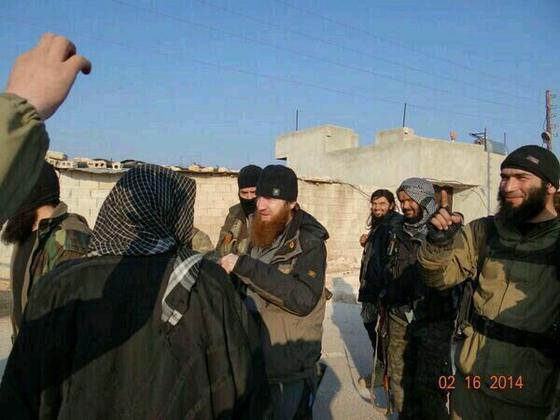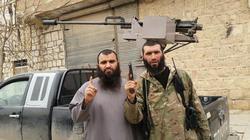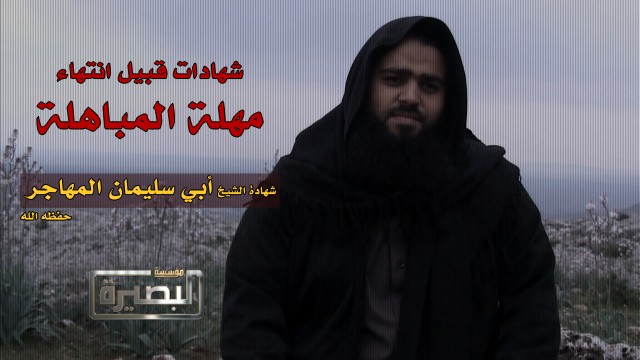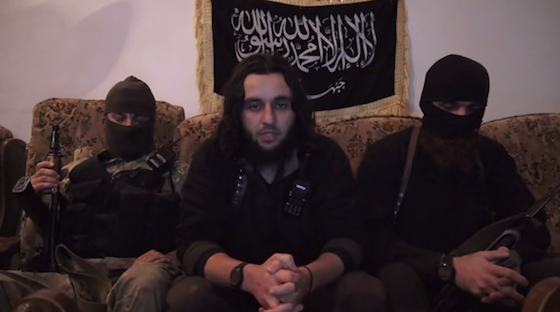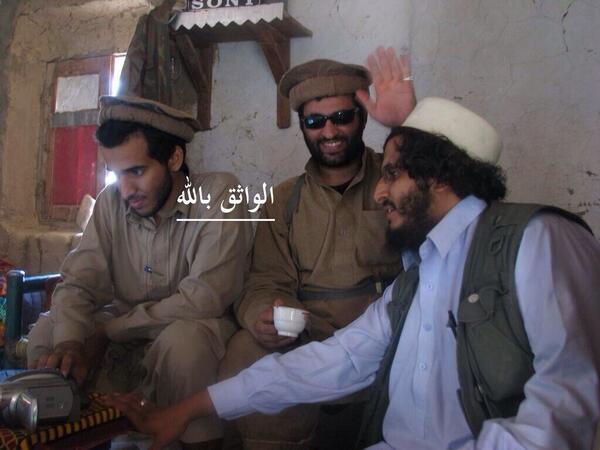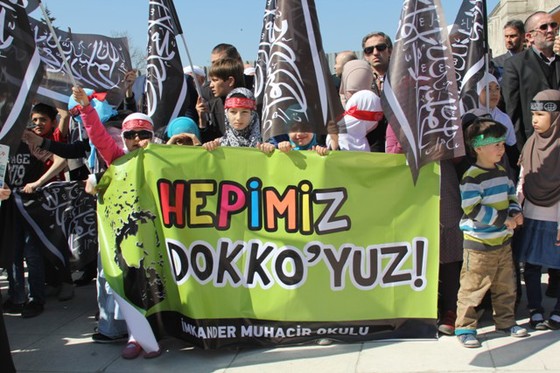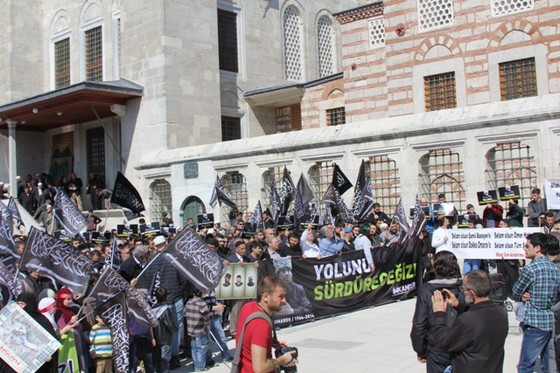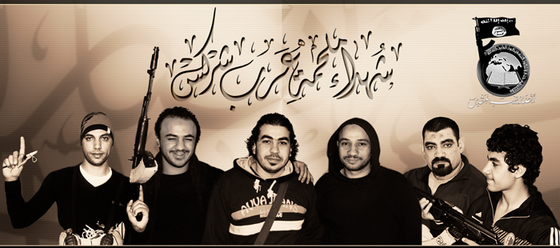Mohammed Zammar, the al Qaeda operative responsible for recruiting the suicide-hijack pilots for the 9/11 attacks, has reportedly been freed inside Syria.
Zammar's freedom was reported by Zaid Benjamin, the Washington correspondent for Radio Sawa, on his Twitter feed on Mar. 2.
Writing for Al-Monitor, John Rosenthal cited multiple sources confirming Zammar's freedom in an account published on Mar. 10.
Zammar was captured in Morocco in late 2001. Unlike most of the 9/11 co-conspirators who were captured, however, Zammar was not transferred to US custody. Instead, he was sent to Syria, where he was imprisoned by Bashar al Assad's regime.
Zammar, who was freed in late 2013, was exchanged for Syrian army officers who were being held by jihadist forces. The exchange of prisoners was reportedly negotiated by Ahrar al Sham, an al Qaeda-linked group that frequently fights alongside the Al Nusrah Front, al Qaeda's official branch in Syria. The Ahrar al Sham is a major constituent of the Islamic Front, a coalition of seven large Islamist fighting groups in the country.
The Long War Journal reported on Dec. 17, 2013 that a longtime senior al Qaeda operative known as Abu Khalid al Suri was a founding member of, and senior leader in, Ahrar al Sham. Al Suri was killed by a suicide bomber in late February. Other al Qaeda operatives continue to serve in leadership roles within Ahrar al Sham, US intelligence officials have told The Long War Journal.
9/11 recruiter
Both the "Joint Inquiry Into the Terrorist Attacks of September 11, 2001," a report prepared by the House and Senate Intelligence Committees, and the 9/11 Commission documented Zammar's role as the recruiter for al Qaeda's Hamburg cell. The cell included the terrorists who would go on to serve as the pilots aboard the hijacked planes on 9/11.
Zammar has been part of the jihadist scene since the 1980s. The CIA told the Joint Inquiry after the 9/11 attacks that Zammar traveled to Afghanistan for training and fought alongside his fellow jihadists in 1991. In 1995, he traveled to Bosnia, a jihadist hotspot at the time. But he returned "to Afghanistan a number of times between 1995 and 2000."
During his time in Germany, Zammar worked closely with Mamoun Darkazanli, another al Qaeda operative. Prior to the 9/11 attacks, Darkazanli was an imam at the Al Quds mosque in Hamburg, which served as the spiritual home for the hijackers. [For more on Darkazanli, see LWJ report, Longtime al Qaeda operative runs mosque closed by German authorities.]
US counterterrorism officials were aware of Zammar's and Darkazanli's activities long before the 9/11 attacks. According to the Joint Inquiry, Darkazanli first popped up on the CIA's radar in 1993. And two years later, the CIA knew that the two Syrians were active inside Germany.
"Since 1995," the Joint Inquiry report reads, "the CIA had been aware of a radical Islamic presence in Germany, including individuals with connections to Osama Bin Laden." The CIA "unsuccessfully sought additional information" on Zammar and Darkazanli. The Agency's inquiry was blocked by German authorities, who were then operating under lax counterterrorism laws.
Even though the US investigation was obstructed, the CIA and FBI "repeatedly produced intelligence relating to" the two al Qaeda operatives prior to Sept. 11, 2001.
By mid-1999, US authorities learned that Zammar "was in direct contact with one of Bin Laden's senior operational coordinators."
And in March 1999 the "CIA received intelligence about a person named 'Marwan' who had been in contact with Zammar and Darkazanli." Marwan "was described as a student who had spent time in Germany."
Only after the Sept. 11, 2001 attacks did US counterterrorism officials figure out that "Marwan" was Marwan al Shehhi - one of the 9/11 hijackers. Indeed, the FBI concluded that Zammar recruited three of the four hijack-pilots for the operation, including al Shehhi, and "encouraged their participation in the September 11 attack."
Zammar also recruited Ramzi Binalshibh, who became the point man for the 9/11 operation. According to the 9/11 Commission's final report, one witness "reported hearing Zammar press Binalshibh to fulfill his duty to wage jihad." And after 9/11, Zammar "reportedly took credit for influencing not just Binalshibh but the rest of the Hamburg group."
Zammar's recruiting activities were interrupted in late 2001 when he was detained in Morocco.
Darkazanli continued to operate, however, even though he was being monitored by Western intelligence agencies.
Long after the 9/11 attacks, Darkazanli served as an imam at Al Quds, which was renamed the Taiba mosque. During the summer of 2010, Western intelligence services learned that the mosque had once again become the epicenter for a major planned terrorist attack.
Some of the key al Qaeda operatives selected to take part in a Mumbai-style attack in European cities had longstanding ties to the mosque, as well as the 9/11 hijackers. The foiled plot was one of the last operations Osama bin Laden ordered against the West. The Taiba mosque was subsequently shuttered by German authorities.
It is not clear based on currently available reporting what Zammar is doing inside Syria today.
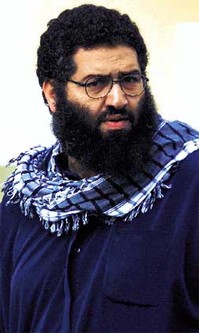
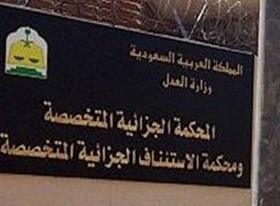
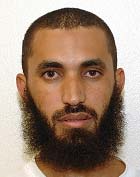

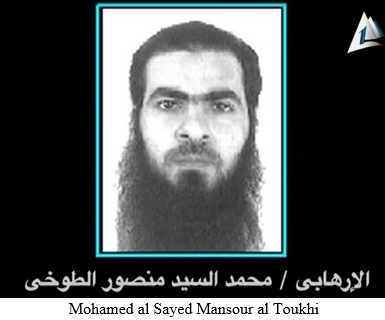

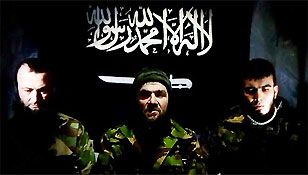
-thumb-560x434-2928.jpg)
